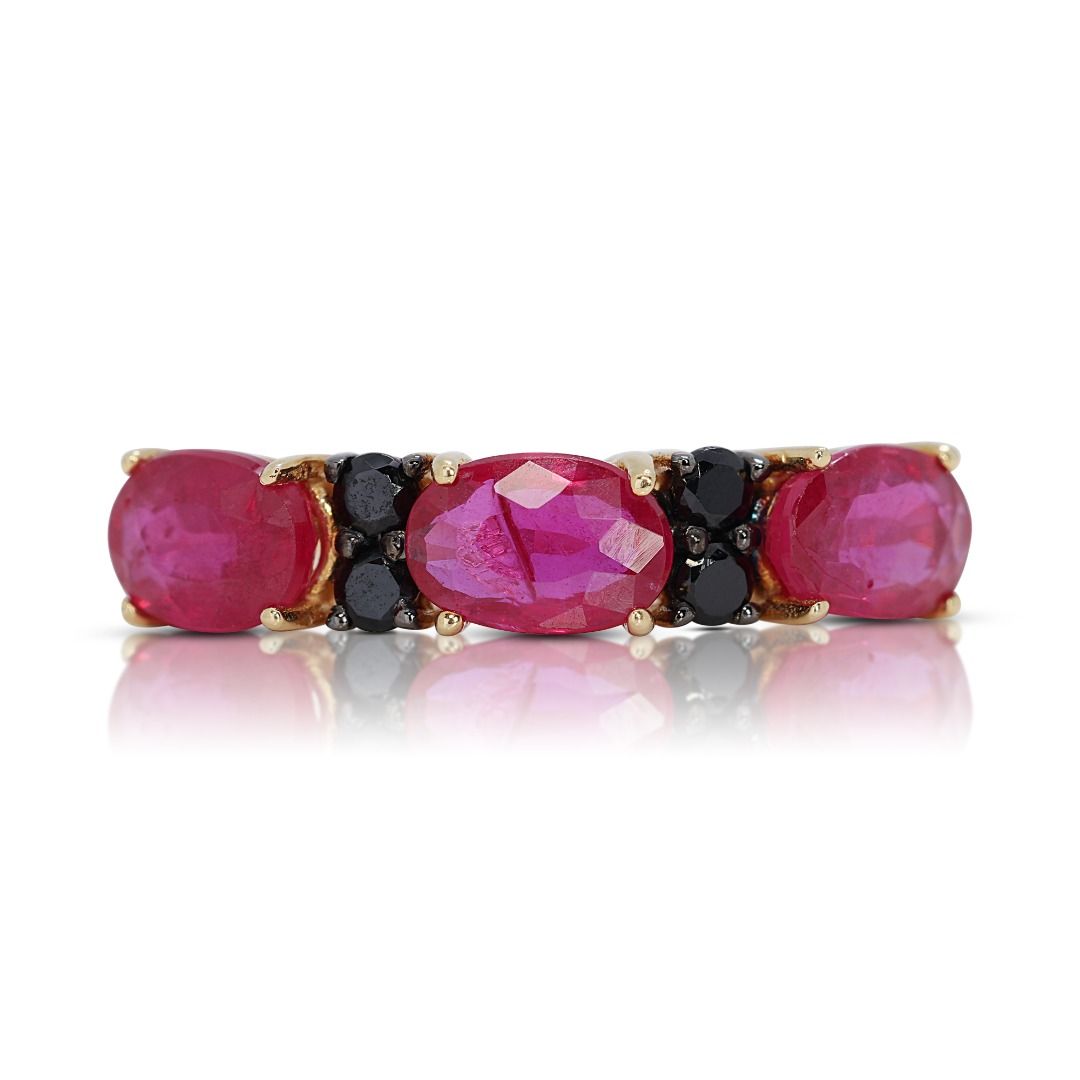How To Tell If A Diamond Is Real – 5 Tips
How To Tell If A Diamond Is Real – 5 Tips
Key Highlights
- Identify a fake diamond and decide if it deserves a place of honour or a child’s play box.
- Use a loupe: Look for imperfections (real diamonds have them!), sharp edges (fakes are rounded), and high-quality mounting (cheap metal suggests a fake).
- Test with caution: Gently rub with sandpaper (a real diamond won’t scratch, but this can damage a real stone, so consult a jeweller first)
- Take a breath: Fog up the diamond – real ones clear quickly (1-2 seconds), fakes take longer (3-4 seconds).
- Light reveals the truth: A real diamond sparkles grey and white, while a fake shows a rainbow of colours.
- Newspaper test: Place the diamond over text – a real diamond will obscure it due to refraction, while a fake will let you read through.
- Think your diamond might be fake? See a gemologist, not a jeweller, for a professional assessment.
This guide empowers you to decide whether your diamond deserves a safe deposit box or a place in your child’s play jewellery collection. Today, we’ll unveil the world of fake diamonds: how to identify them, what they might be instead, and what to do if you suspect one.
5 Tips to Unmask a Fake Diamond
The good news is that you can perform several home tests to assess your diamond’s authenticity.

1. Inspect with a Loupe
A loupe, a magnifying tool readily available from jewellers or online retailers, allows for close examination. Here’s how to spot a fake diamond with a loupe:
- Imperfections: Nature’s gift, diamonds have inherent imperfections. A flawless diamond likely indicates a fake.
- Sharp Edges: Real diamonds boast sharp edges under magnification, while fakes appear rounded.
- Mounting and Markings: Genuine diamonds often reside in high-quality settings like gold or platinum. Low-quality metals might be a red flag.
2. The Sandpaper Test
Diamonds are incredibly tough. Gently rubbing a real diamond with sandpaper shouldn’t cause scratches. However, a fake diamond will likely show signs of wear.
Important Note: Exercise caution with this test, as it can damage a real diamond if performed too harshly. Consider consulting a professional jeweller instead.


3. The Fog Test: A Breath of Fresh Air
Both real and fake diamonds will fog up when you breathe on them. However, a genuine diamond’s fog clears within one to two seconds, while a fake diamond might take three to four seconds.
4. Let Light Be Your Guide
Diamonds are renowned for their light play. A real diamond exhibits a greyish-white sparkle, while a fake diamond might produce a dazzling, multi-coloured display.


5. The Newspaper Test: Refraction Revelation
Diamonds excel at refracting light. A real diamond, placed over a newspaper, will prevent you from reading the text clearly due to light refraction. Conversely, a fake diamond will allow you to read the text with ease.
My Diamond Is Not Real? Now What?
If these tests suggest your diamond might be fake, seek a professional gemologist’s expertise. Opt for a qualified gemologist over a regular jeweller to avoid mistakenly discarding a real diamond.
What Could My Fake Diamond Be?
Even if your diamond isn’t real, it could hold value beyond a simple trinket. Let’s explore some common diamond imitators:
- Cubic Zirconia (CZ): A readily available, colourless, synthetic crystal that’s quite hard but prone to scratches. It’s inexpensive and has little resale value.
- White Sapphire: Sapphires typically come in blue, but occasionally appear white. These exceptionally valuable gemstones are worth holding onto.
- Moissanite: A rare and dazzling stone known for its rainbow sparkle, unlike a diamond’s white and grey sparkle.
- White Topaz: Usually yellow, red, grey, or brown, topaz can also be white, leading to confusion with diamonds. It’s a semi-precious stone, softer than a diamond.
- Synthetic Diamond: Grown in a lab, a synthetic diamond boasts the look, feel, and chemical composition of a real diamond. However, it can be significantly less valuable (up to 30% less).
Conclusion
While a genuine diamond is a treasured possession, these simple home tests empower you to determine its authenticity with confidence. If the results suggest a fake, don’t despair! Many beautiful and valuable gemstones can masquerade as diamonds. Consulting a gemologist can unveil the true nature of your stone and its potential worth. So, the next time you have a diamond in question, grab a loupe, take a deep breath, and let these easy checks guide you towards sparkling truth.















